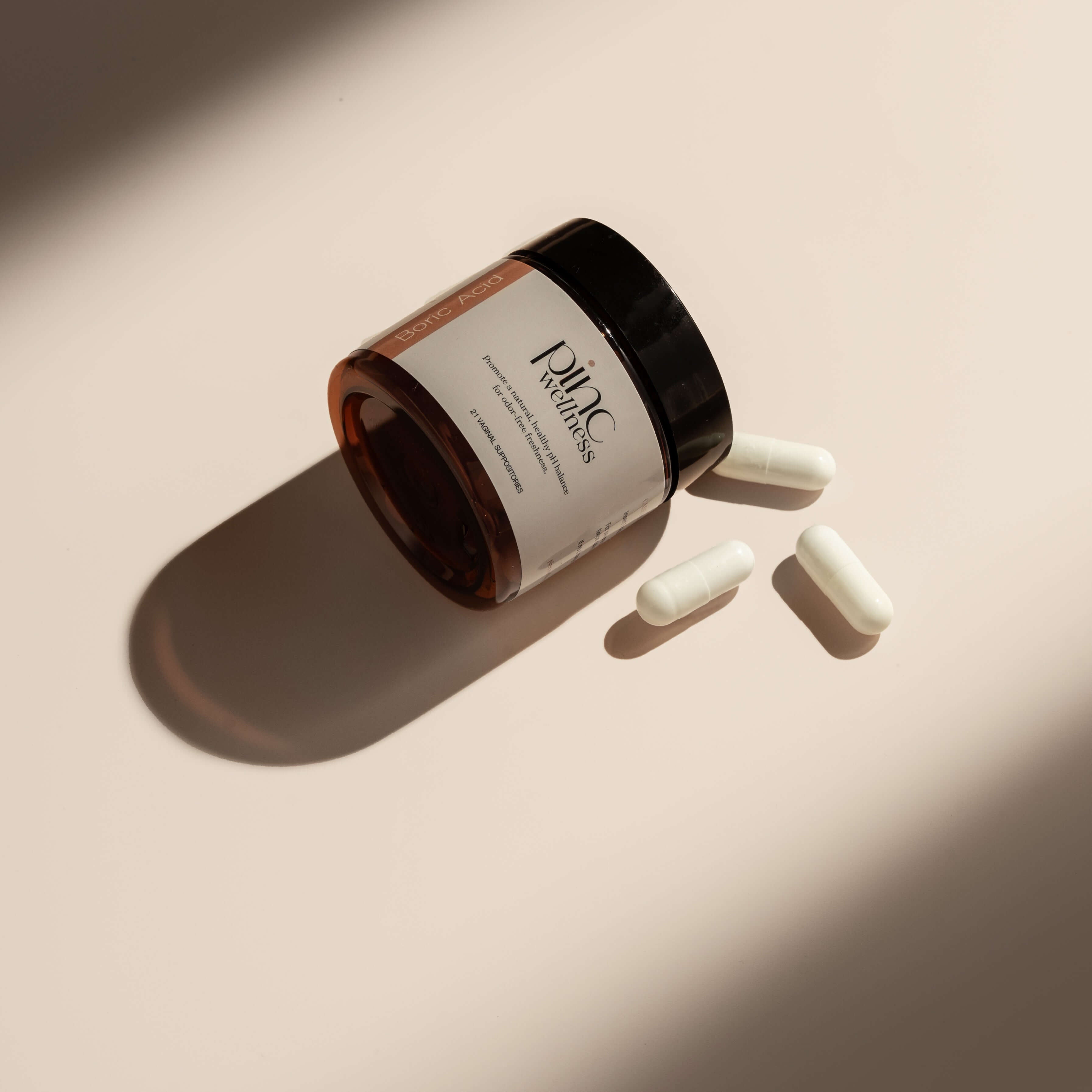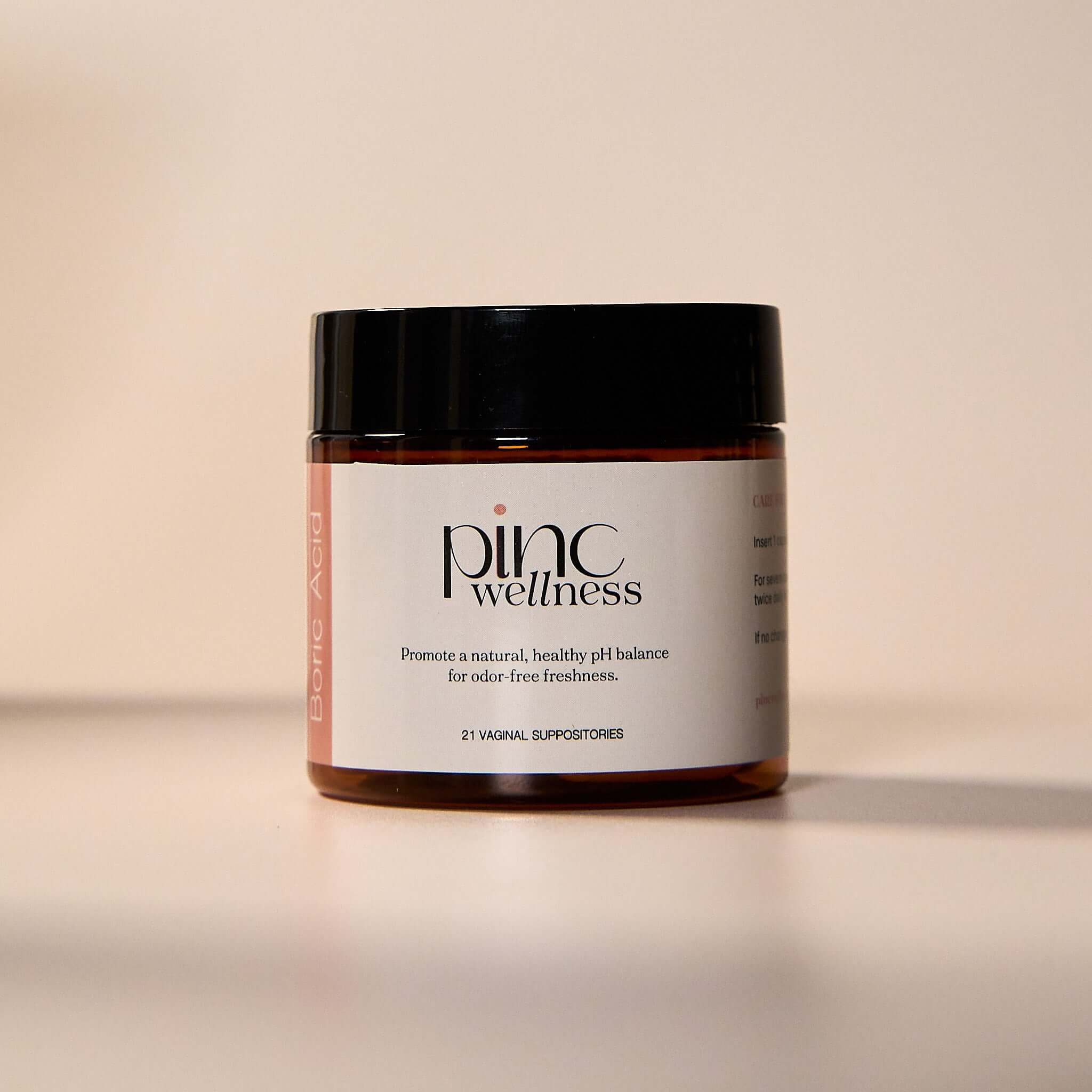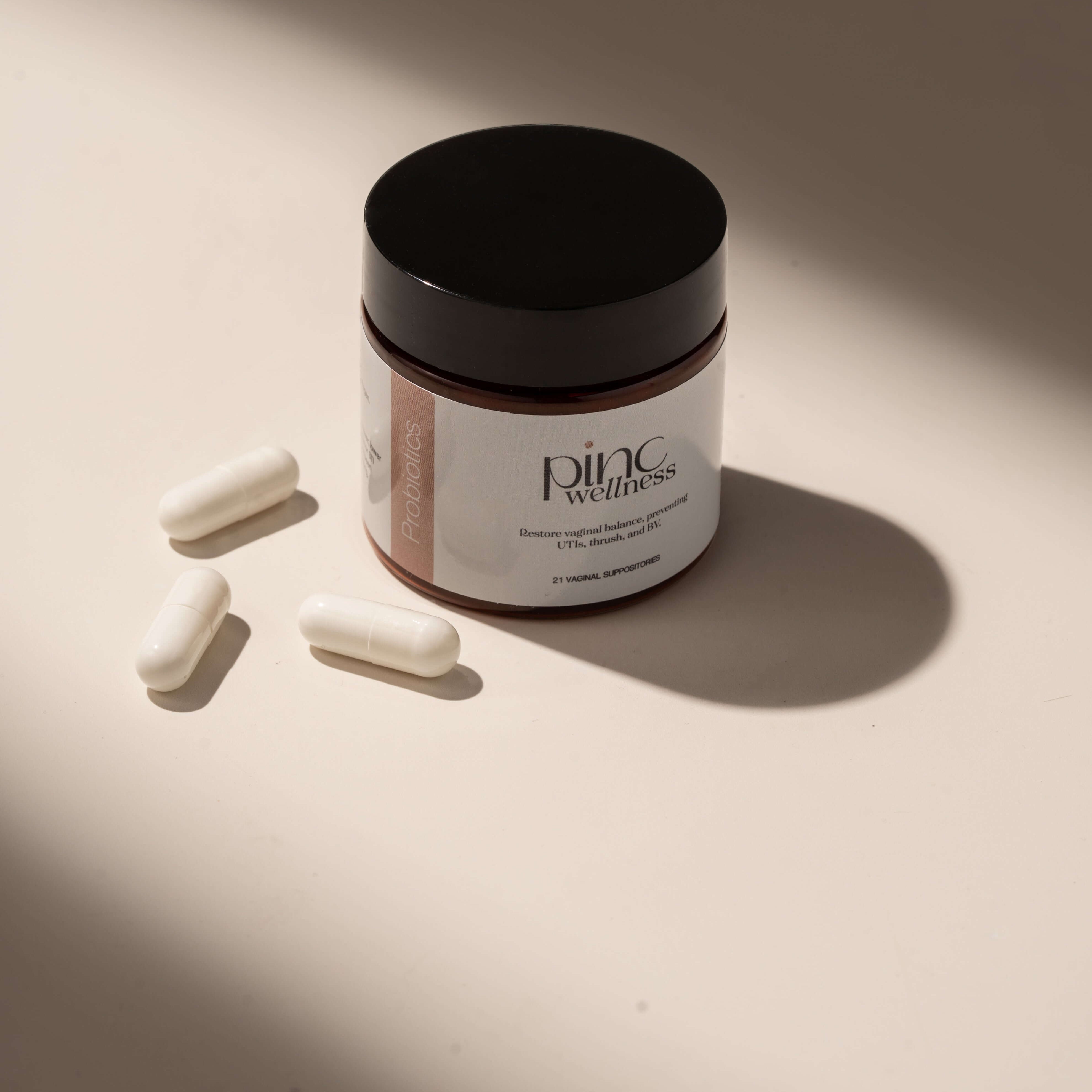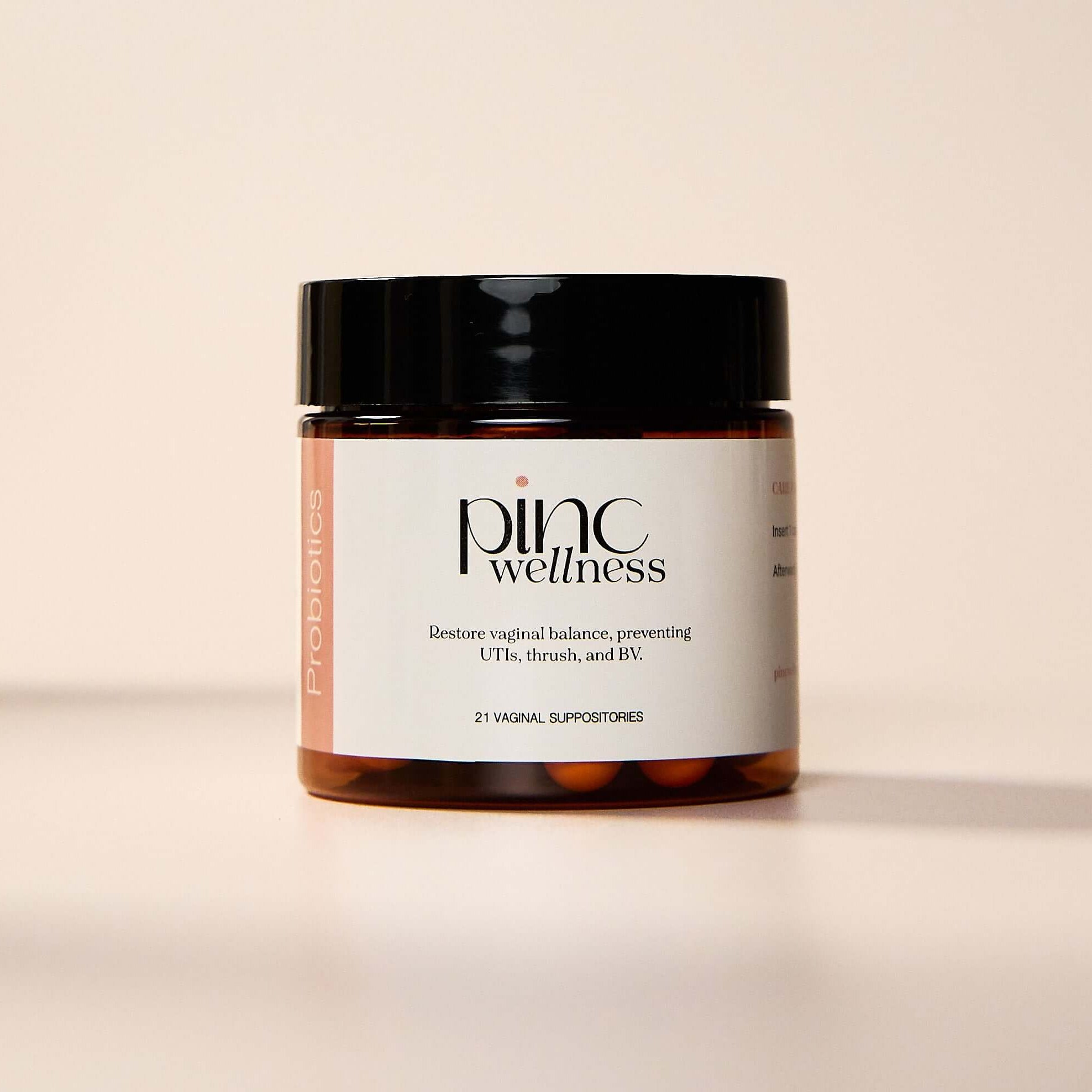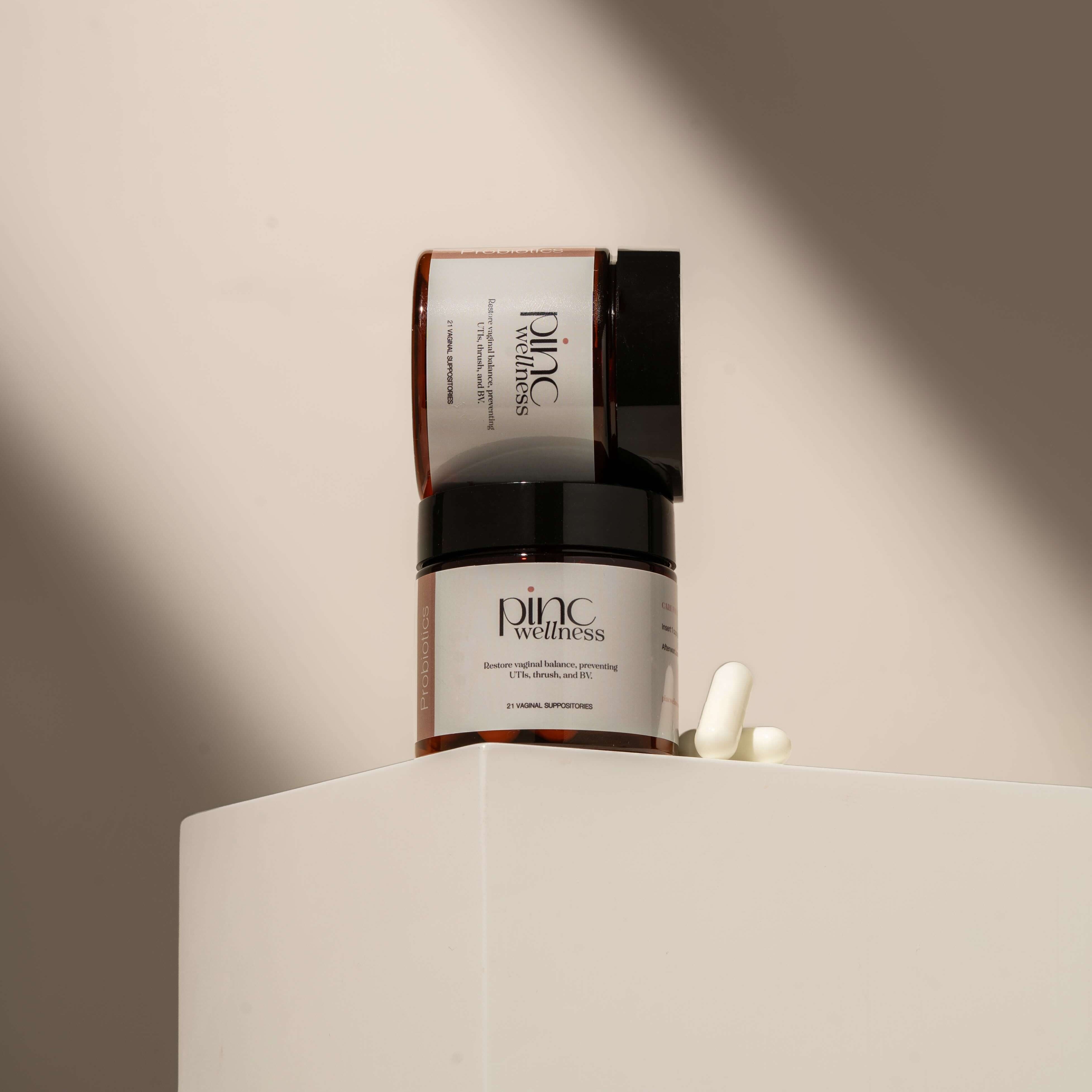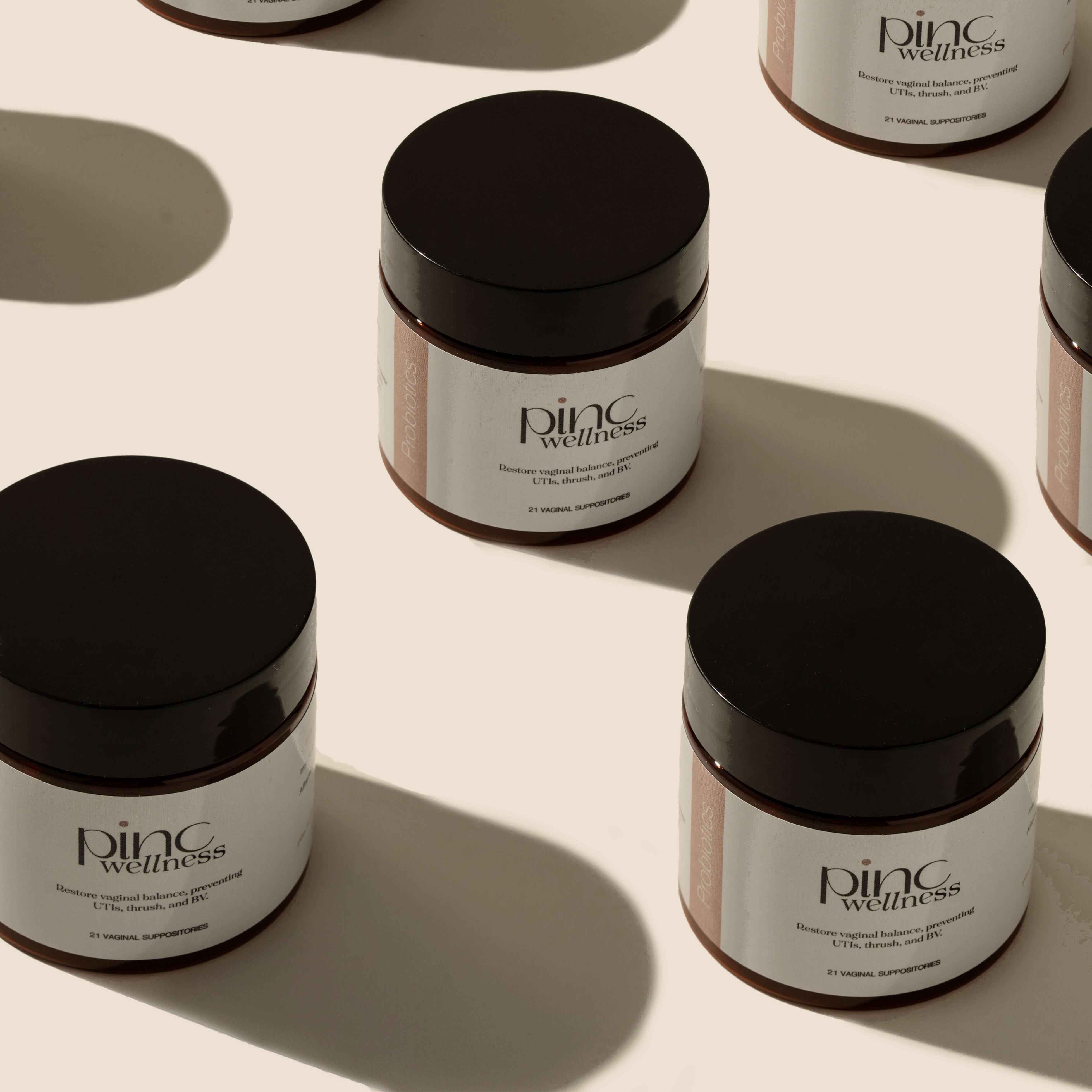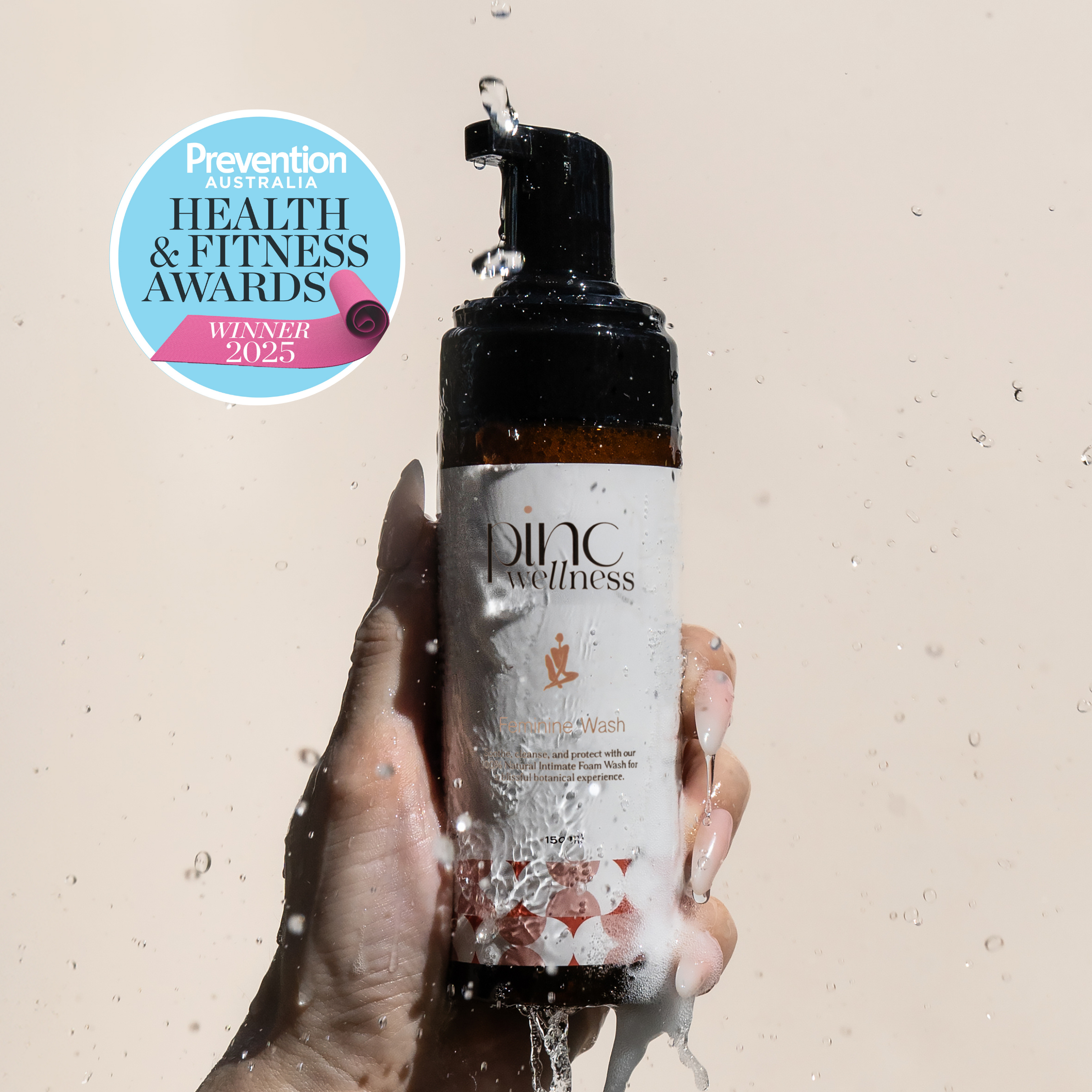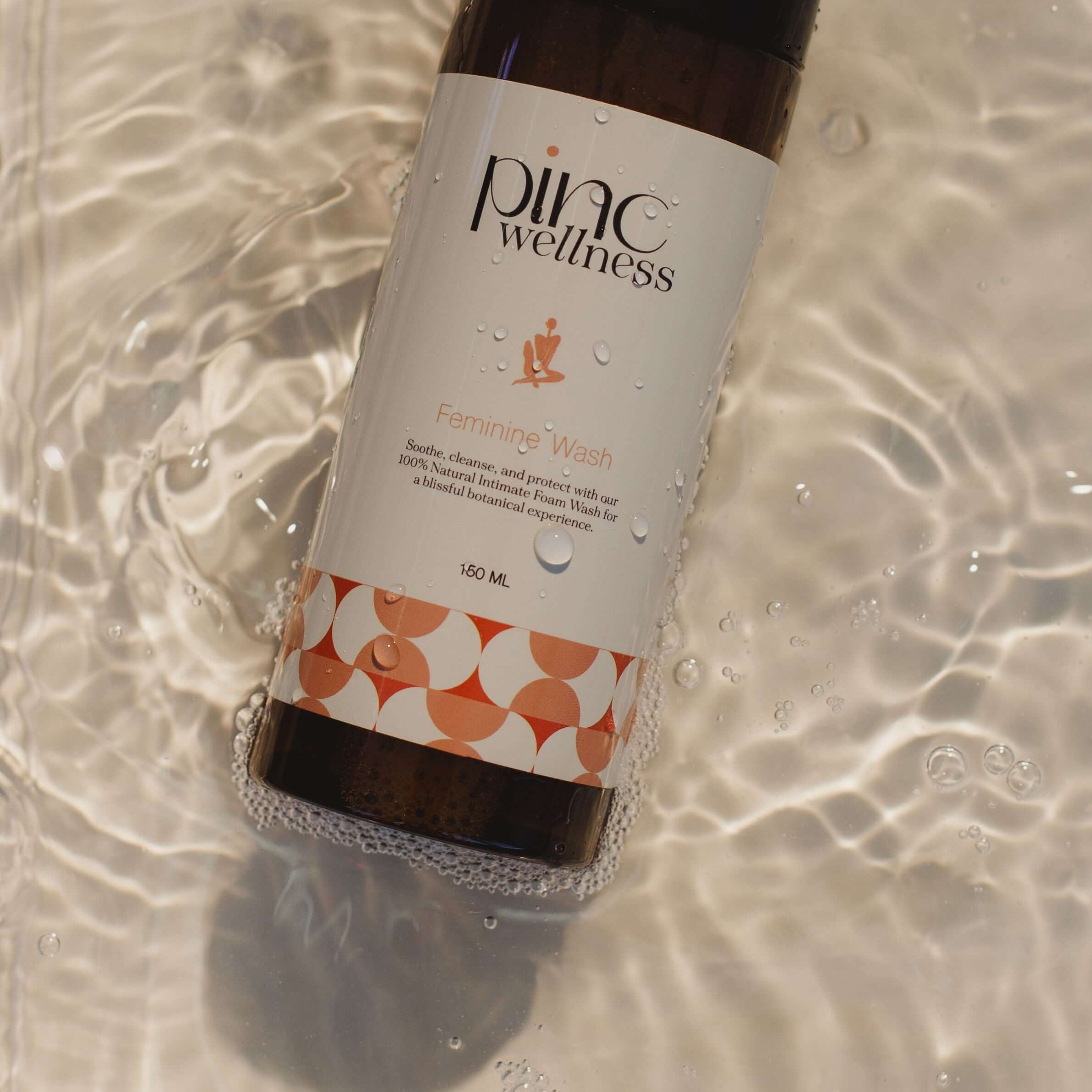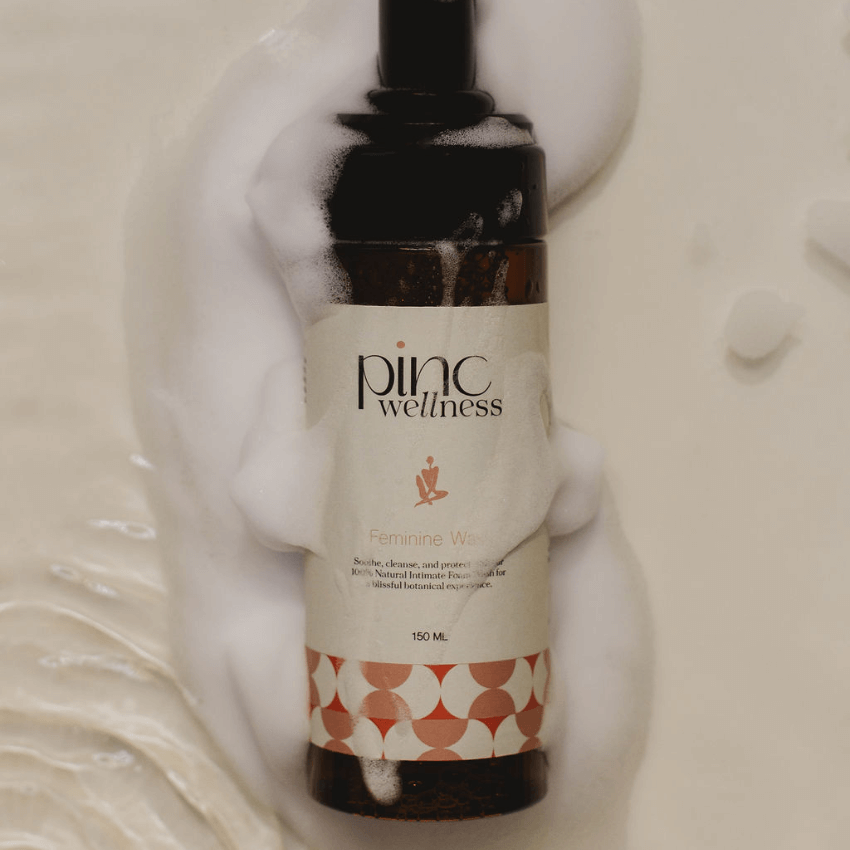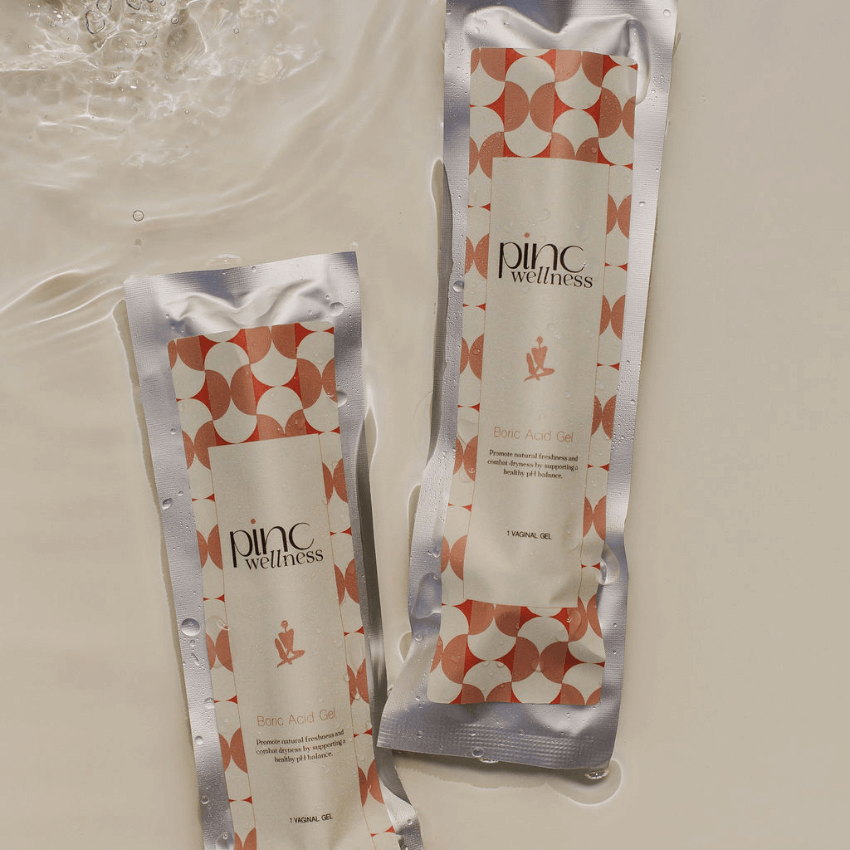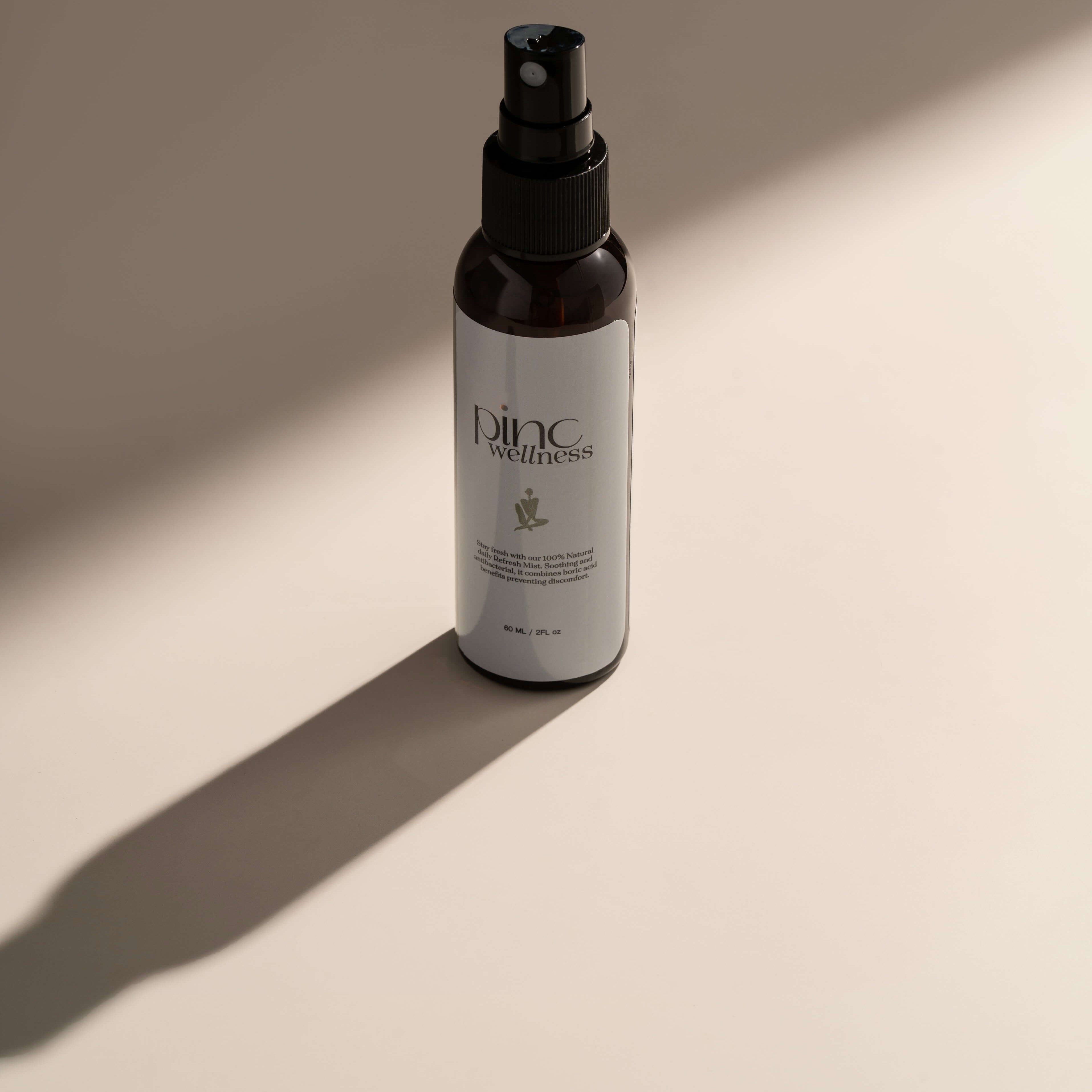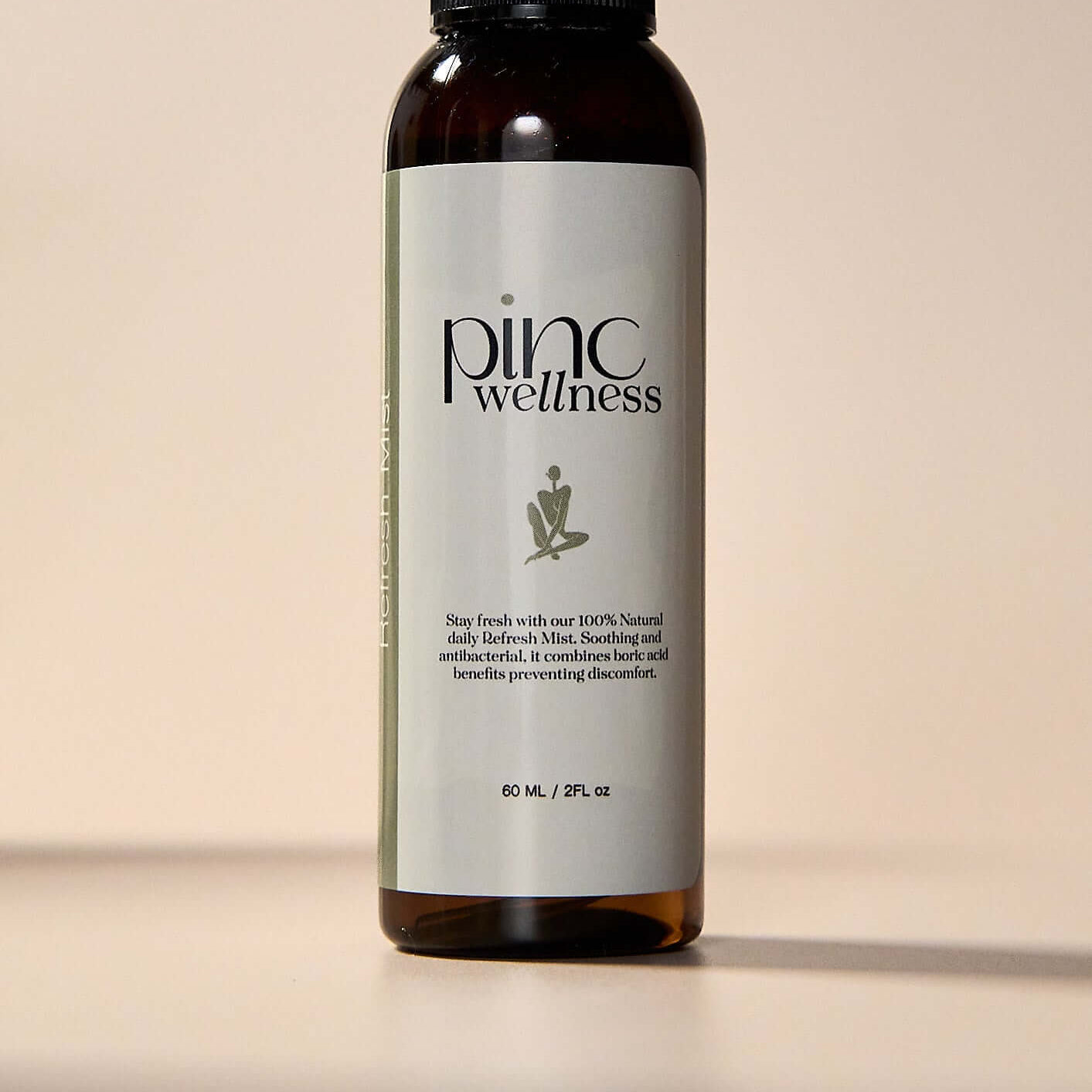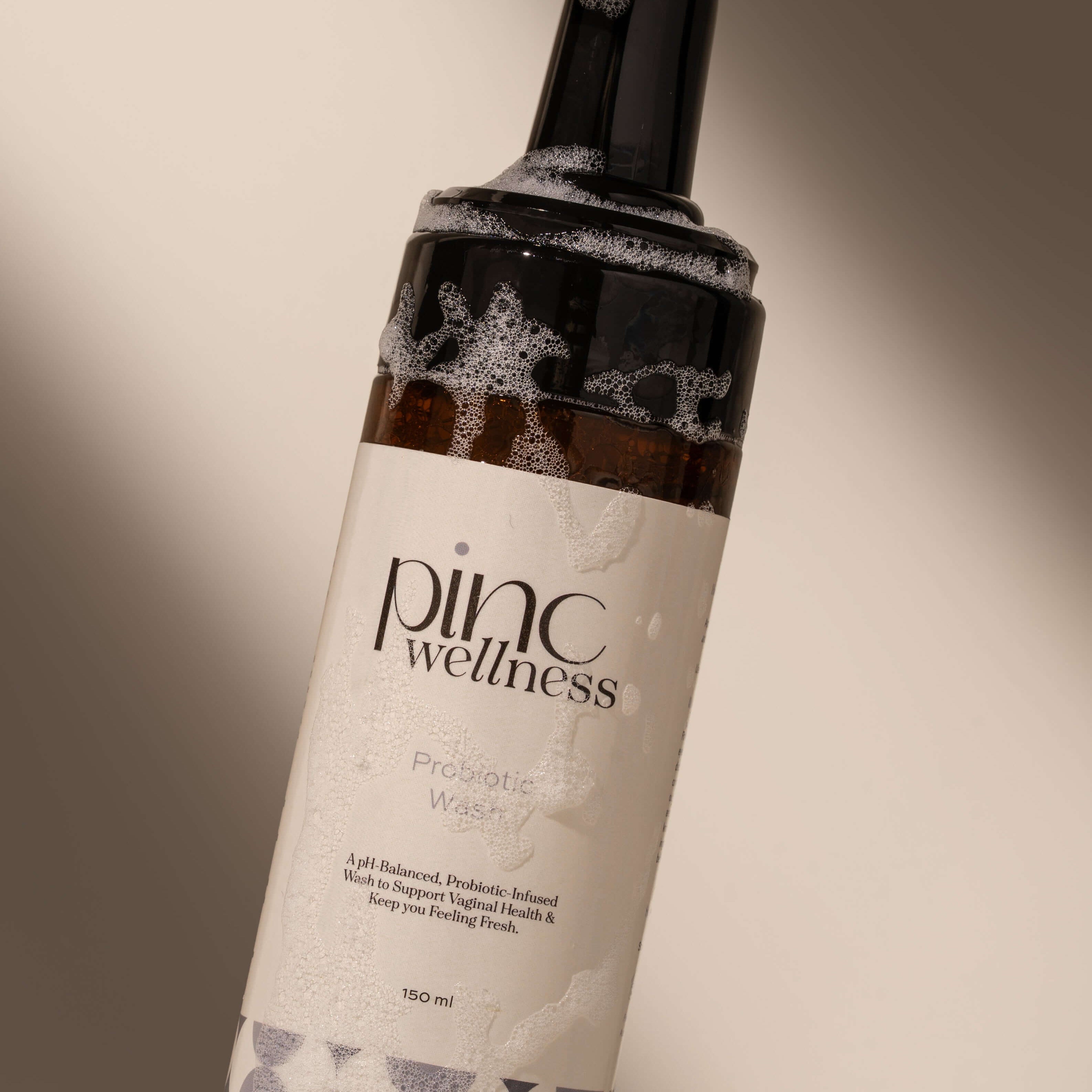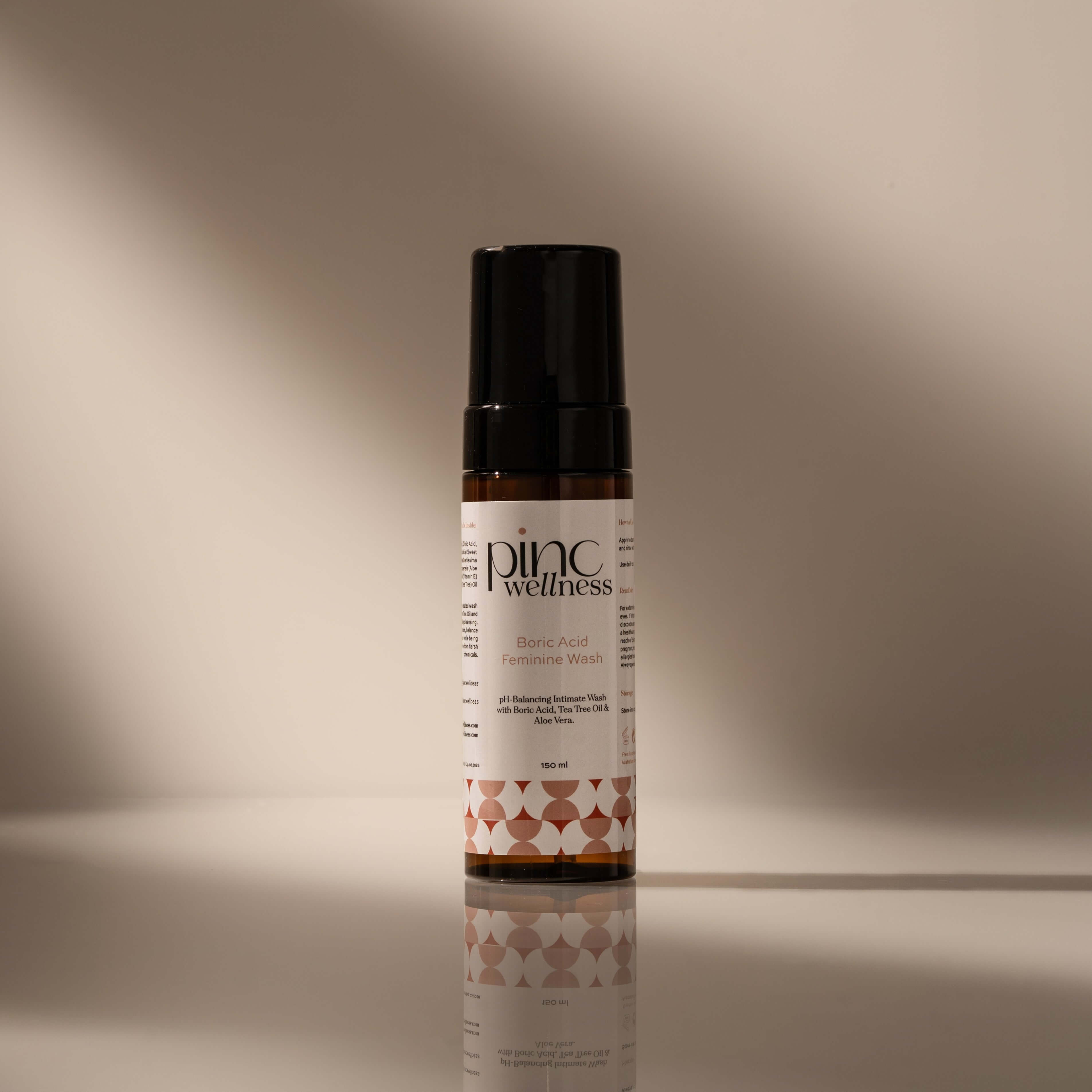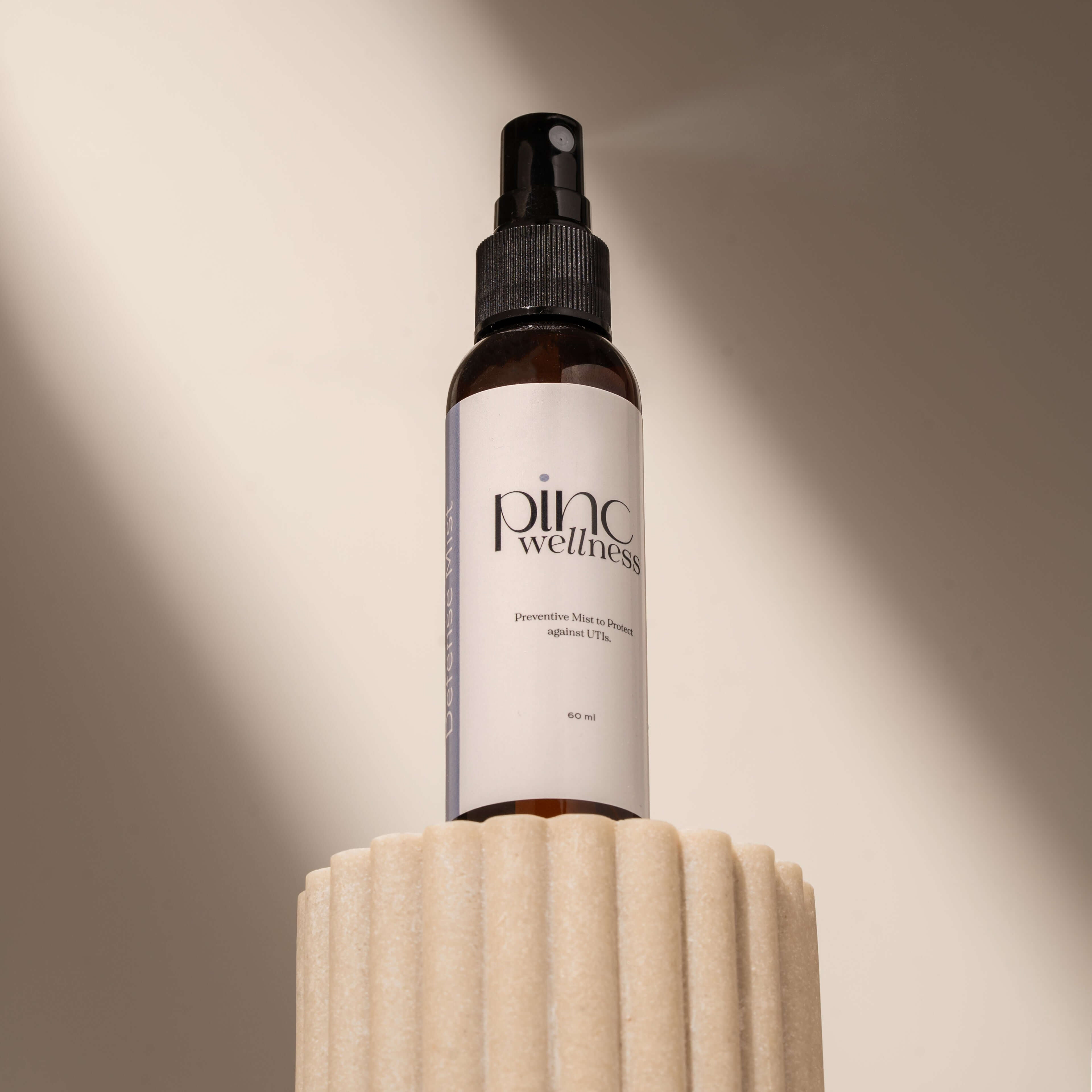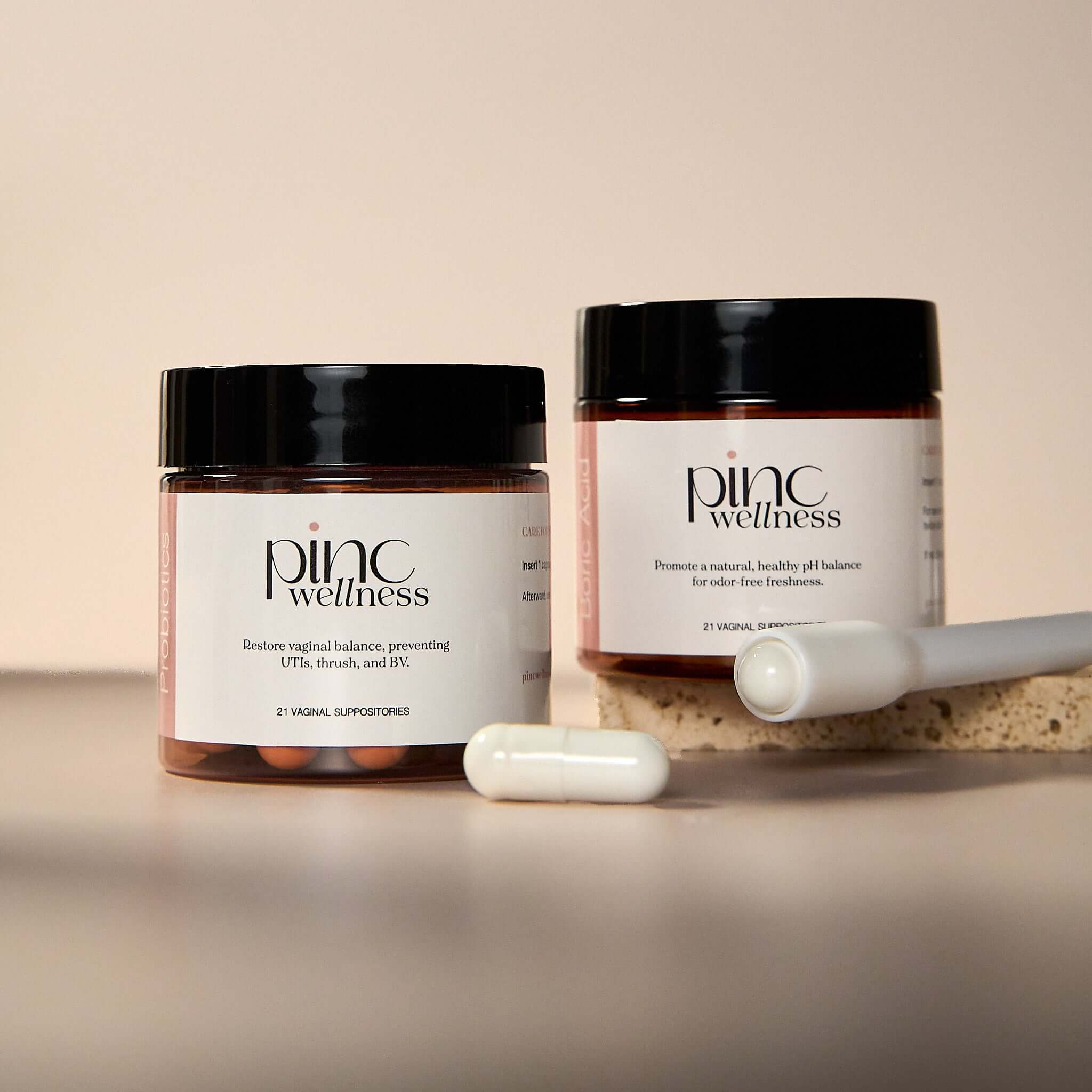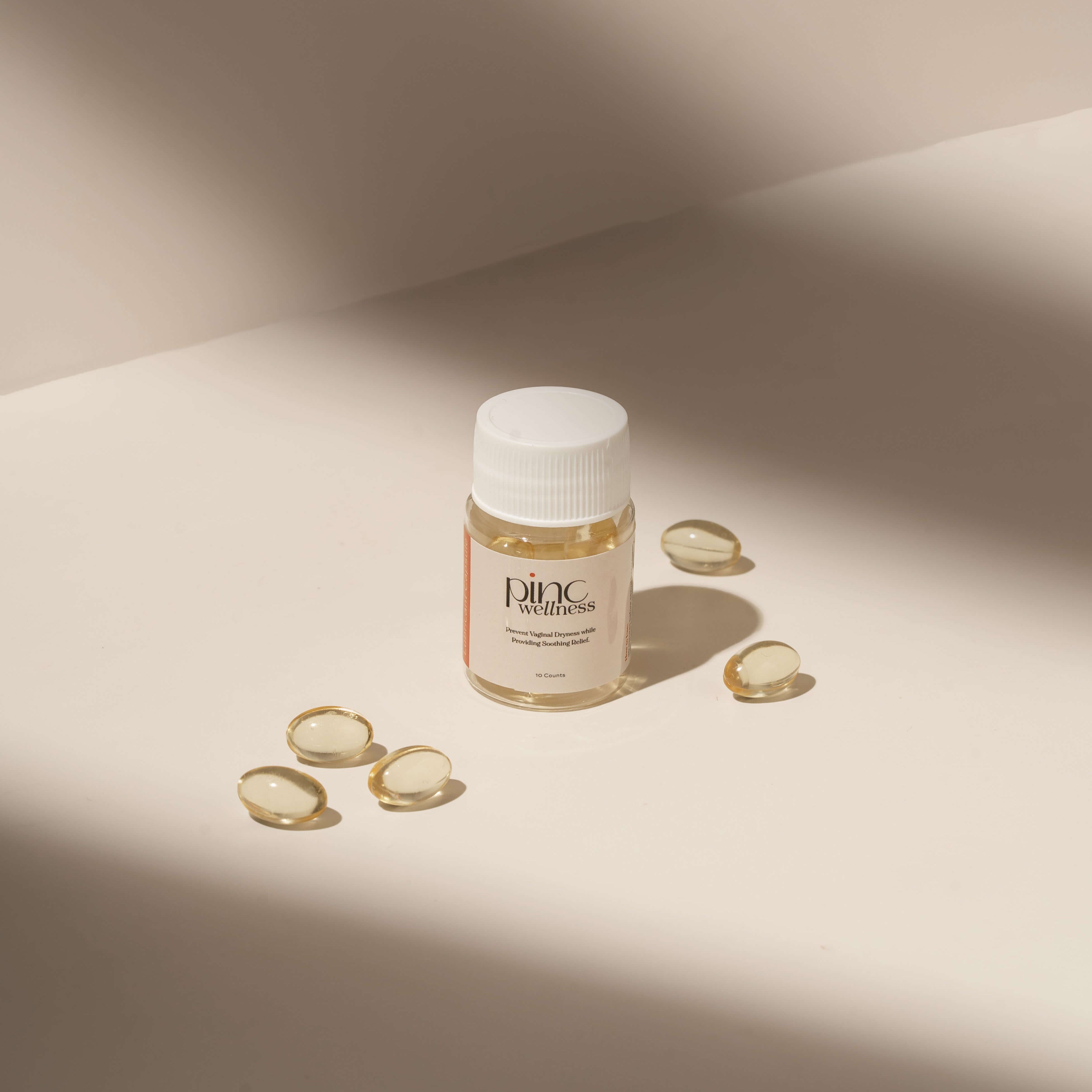Ureaplasma & Mycoplasma: What You Need to Know for Vaginal Wellness
Most conversations about vaginal health stop at BV, thrush, or UTIs. But beneath the surface, there are two lesser-known microbes that often fuel the cycle of discomfort: Ureaplasma and Mycoplasma.
These tricky little bacteria can be the hidden culprits behind persistent BV, recurrent UTIs, pelvic pain, or fertility challenges. The problem? Many women spend months — even years — having their symptoms dismissed, handed antibiotics on repeat, or told “everything looks normal.” Cue the frustration, the anxiety, and what we like to call doctor fatigue.
At Pinc Wellness, we believe knowledge is power. So here’s your guide to understanding Ureaplasma and Mycoplasma — and how you can finally reclaim balance, comfort, and confidence.
What Is Ureaplasma, Really?
Ureaplasma species are ultra-small bacteria without a cell wall, which makes them harder to spot and tougher to treat with standard antibiotics.
Here’s the catch:
-
Many women carry them harmlessly (commensal colonisation).
-
Problems arise when your vaginal microbiome — the ecosystem of bacteria that keeps everything balanced — tips into dysbiosis.
That imbalance can overlap with BV, thrush, and recurrent UTIs, turning life into a revolving door of discomfort.
How They Cause Problems
Your vagina’s defence system relies on Lactobacillus bacteria, which produce lactic acid to keep things slightly acidic (pH 3.8–4.5). This acidity is your natural shield.
But when antibiotics, stress, hormonal changes, or harsh products disrupt the balance, Ureaplasma and Mycoplasma can overgrow. The result? Inflammation, irritation, discharge, and — in some cases — risks to reproductive health.
Signs & Symptoms to Watch For
These infections are often “silent,” but when symptoms do show, they might look like:
-
Persistent or unusual discharge (white, yellow, or green)
-
Vaginal burning, itching, or rawness
-
Pain during sex
-
Pelvic or lower abdominal pain
-
Recurrent UTIs or burning with urination
-
Recurring BV or thrush that never seems to resolve
And let’s not forget the emotional toll: anxiety, self-doubt, and sheer exhaustion from feeling stuck in a cycle.
Why Recurrences Happen
If you’ve ever wondered, “Why does this keep coming back?” — here’s why:
-
Biofilm shields: These bacteria can hide under sticky layers that protect them from antibiotics.
-
Antibiotic resistance: Over time, overuse of antibiotics makes them less effective.
-
Microbiome disruption: Wiping out good bacteria with repeated treatments just leaves more room for the bad guys.
Getting Properly Diagnosed
Testing matters — and not all tests are equal.
-
PCR testing is the gold standard (far more accurate than cultures).
-
Ask your provider to test for Ureaplasma urealyticum, U. parvum, Mycoplasma hominis, and M. genitalium.
-
Don’t test too soon after antibiotics — wait at least a week.
-
And yes, sometimes your partner should be tested too, to prevent ping-pong reinfections.
Tip: Advocate for yourself. If you’ve been brushed off before, bring research with you and insist on comprehensive testing.
Treatment & Healing: Whole-Body Support
Medical Therapy
-
Antibiotics (usually doxycycline or azithromycin) remain effective for most strains.
-
Resistant cases sometimes need a combination approach.
-
In pregnancy, extra care is needed to choose safe options.
Symptom & Microbiome Support
-
Boric acid suppositories: Great for managing pH, odour, itching, or yeast overgrowth (not safe in pregnancy).
-
Probiotics: Oral and vaginal probiotics help rebuild a Lactobacillus-dominant microbiome.
-
Gentle daily care: Always pH-balanced, fragrance-free washes (like Pinc Wellness), never harsh soaps or wipes.
Ureaplasma, Pregnancy & Fertility
Up to 80% of women may carry Ureaplasma without symptoms. But when it becomes an infection in pregnancy, it can increase risks such as preterm birth, miscarriage, or newborn complications.
The good news? Early testing, treatment, and careful monitoring can significantly reduce risks. Pregnant women should never self-treat — always work with a trusted healthcare provider.
Preventing Recurrence & Protecting Your Microbiome
-
Wash gently with pH-balanced intimate care (no harsh soaps).
-
Change out of damp clothes quickly and stick to breathable fabrics.
-
Pee after sex to reduce infection risk.
-
Take probiotics during and after antibiotic treatment.
-
Eat a fibre-rich, antioxidant-loaded diet to fuel your microbiome.
Myth-Busting
-
“Ureaplasma means I have an STI.” Not always — it can be naturally present.
-
“Antibiotics will fix it for good.” Not if the microbiome isn’t restored.
-
“Scented wipes and washes help.” Nope — they usually make things worse.
Real Stories, Real Relief
💬 “My BV was relentless until I finally combined the right antibiotic with boric acid and probiotics. Daily Pinc Wellness wash has been a game-changer — I finally feel normal again.”
💬 “Getting my partner tested was the missing piece. Once we treated both of us, my symptoms stopped coming back.”
Taking Back Control
If you’ve been stuck in the cycle of recurrent BV, thrush, or UTIs, know this: you are not alone.
Here’s where to start:
-
Ask for comprehensive PCR testing.
-
Talk openly with your healthcare provider about your history.
-
Support your microbiome daily with gentle care and probiotics.
-
Partner with brands (like Pinc Wellness) that are science-driven, safe, and supportive of your whole-body wellbeing.
The Bottom Line
With the right testing, treatment, and holistic aftercare, Ureaplasma and Mycoplasma don’t have to control your life. At Pinc Wellness, we’re here to support your journey back to balance — with science-backed products, honest education, and a community that gets it.
Together, let’s reclaim your vaginal wellness — naturally, confidently, and unapologetically.
⚠️ Disclaimer: This article is for educational purposes only and does not replace professional medical advice. Always consult your healthcare provider for diagnosis and treatment decisions.

